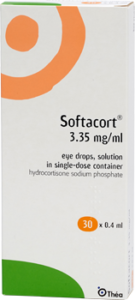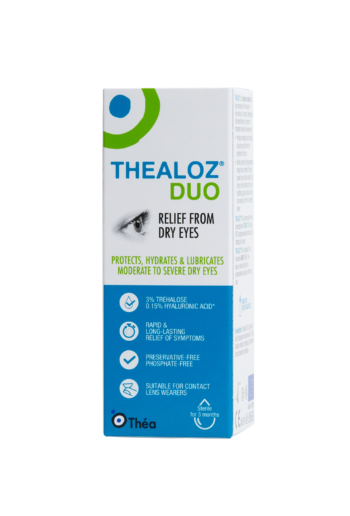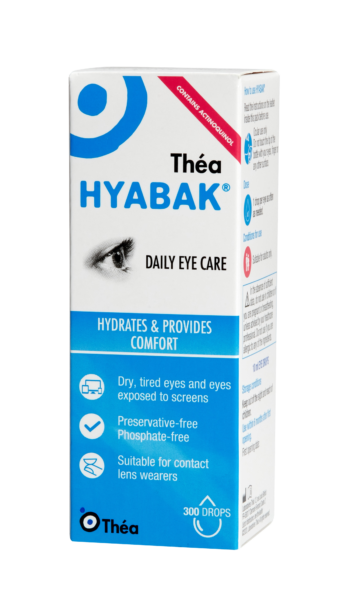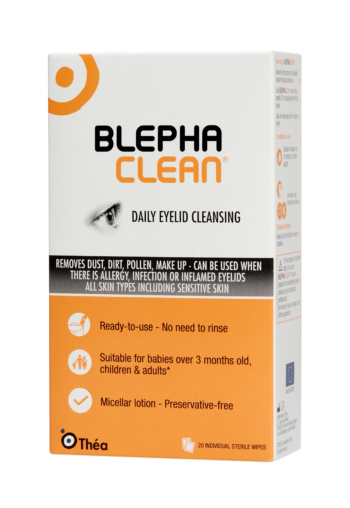For healthcare professionals

Introducing Softacort®

- Softacort contains 0.335% hydrocortisone sodium phosphate
- Preservative free formulation
Softacort is indicated for the treatment of mild non-infectious allergic or inflammatory conjunctival diseases. It has a low intraocular penetration (1.5-3%),1 very low systemic penetration (<2% of applied dose)2 and does not cause a significant risk of a rise in intraocular pressure (IOP).3
Inflammation is recognised to play a part in Dry Eye Disease4 and Softacort can be used as a short-term treatment to interrupt the vicious cycle of dry eye.5 Softacort is efficacious against the symptoms of mild non infectious conjunctival inflammation in Dry Eye Disease, without significantly impacting intra-ocular pressure 3 .
The preservative-free formulation makes it ideal for patients suffering from chronic conditions such as Dry Eye Disease or ocular allergy. Products containing preservatives can cause ocular surface toxicity, leading to inflammation and cell death. Using preservative-free eye drops supports the health of the ocular surface.
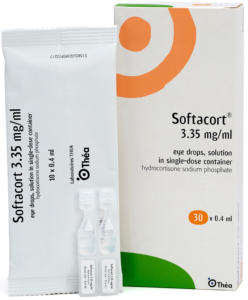
Key Features
- Preservative-free
- Lower risk of side effects than other corticosteroids
How to use
Adults: The recommended dosage is 2 drops 2-4 times daily in the affected eye. The duration of this dosing regimen will generally vary from a few days to a maximum of 14 days. Gradual tapering off up to one administration every other day may be recommended in order to avoid a relapse.
Children: Safety and efficacy have not been established in the paediatric population.
Wearing of contact lenses during treatment with corticosteroid eye drops should be avoided.
Pack contents
30 single-dose containers.
Pricing
Prescription only medicine.
NHS Price: £10.99 for 30 unit doses
PIP code: 405-7618
References
- Polansky JR et al Handbook of Experimental Pharmacology 1984; 69:459-538. Springer‐Verlag, 1984
- Hamard H: Etude de la penetration oculaire de la dexamethasone. In Oeil et Cortisone, DeMailly P, Hamard H, and Luton JP, editors. Paris, Masson Publishing, 1975, p. 33
- Kallab M et al, Adv Ther. 2020;37:329-341
- AJ Bron et al. TFOS DEWS II Pathophysiology Report. Ocul Sur 15 (2017) 438-510
- Baudoin C et al. Br J Ophthalmol 2016; 100:300-30
Page last updated: 23rd July 2024


